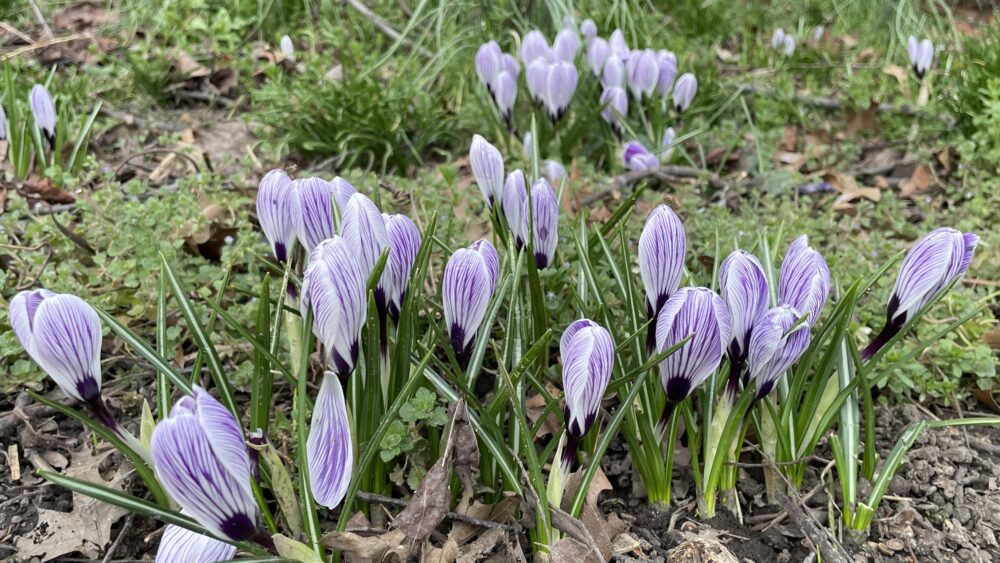
MOUNT SINAI, N.Y. – The weather outside is gray and chilly, but the local Druid community is preparing for the coming of spring. A group of eight people stand in a haphazard circle near the back wall of a metaphysical shop in this Long Island town.
The smell of sage incense fills the air. On one side of the circle sits a small, round table holding the essentials for this Celtic spring ritual called Imbolc. The sage is burning in a bowl on the table. It represents the fire that would usually be present for this ritual, if it wasn’t so cold outside.
The other items on the table are a carved wooden tree, a glass skull holding a candle, a tall, white candle and two bowls — one to receive offerings and the other, filled with an inch or two of water, representing a well. Beside the bowls, there are four glass jars holding offerings of cornmeal, bird seeds, oil and alcohol.
For each step of the ritual, a different person reads from a script and steps to the table, placing an offering in the bowl to welcome a new deity or group of spirits.
“Nature Spirits, be welcome among us!”
“Shining Ones, be welcome among us!”
“Ancestors, be welcome among us!”
These invitations culminate in the welcome of Brigid, the Celtic goddess of fire, hearth, home, and spring. Imbolc is a celebration for her. Many of her attributes were later grafted onto the Irish Catholic saint, St. Brigid, whose feast day is also celebrated on Feb. 1 to welcome spring.
Finally, there’s a pause.
Everyone in the circle is silent and still. An invitation has been given for anyone to make an offering to the deity or powers of their own home — even those of different pagan, or neo-pagan, beliefs.
Christopher Kwozko takes a few steps to the table. He selects the jar of bird seeds, unscrews the white cap and gently shakes the jar over the offering bowl, the seeds falling onto the previous gifts.
“Every time I give an offering, any offering is always given in love,” he said later.
Kwozko, a massage therapist, was raised Catholic but came to one form of neo-paganism — Hellenic polytheism — when he was in college. He said his devotion to Hellenic deities comes from his Greek heritage.
“I’m Hellenic, and not just religiously speaking, but [that] also encompasses the culture, the music, the food,” Kwozko said. “For me, polytheism is one part within my whole cultural background.”
For his offering during the Imbolc ritual, Kwozko is honoring Hestia, the Greek goddess of hearth, home and fire. He chose the bird seeds because they represent the coming of spring.
In the circle, he lifts the bowl to the sky, just for a second, before placing it back on the table. Then, he steps back to his spot and someone else steps forward to honor their own god.
“What was going through my head was this euphoria,” Kwozko said of his offering. “It was special, profound and heartfelt.”
When the ritual is over, the space returns to its original purpose — a metaphysical shop called Balance Mind, Body, & Soul. That’s when Kwozko explains that Brigid and Hestia are different deities for different cultures, despite their shared titles.
“She is the first and last who receives offerings,” Kwozko said of Hestia. “So anytime I do anything in the home, I do it in her honor.”
